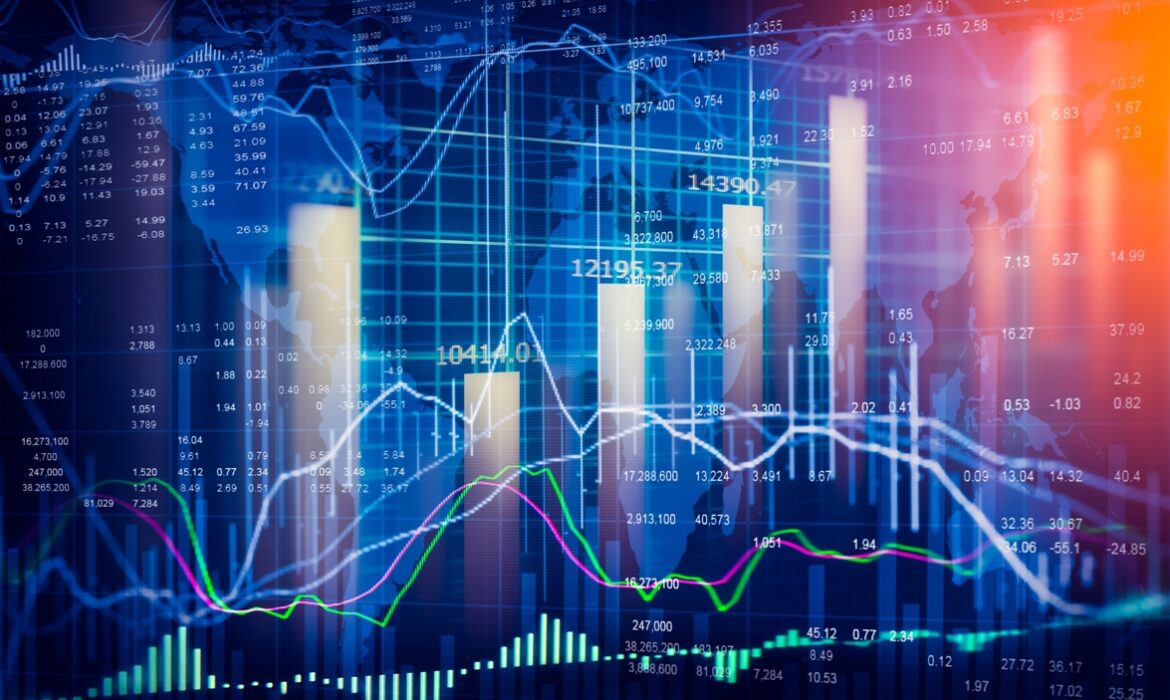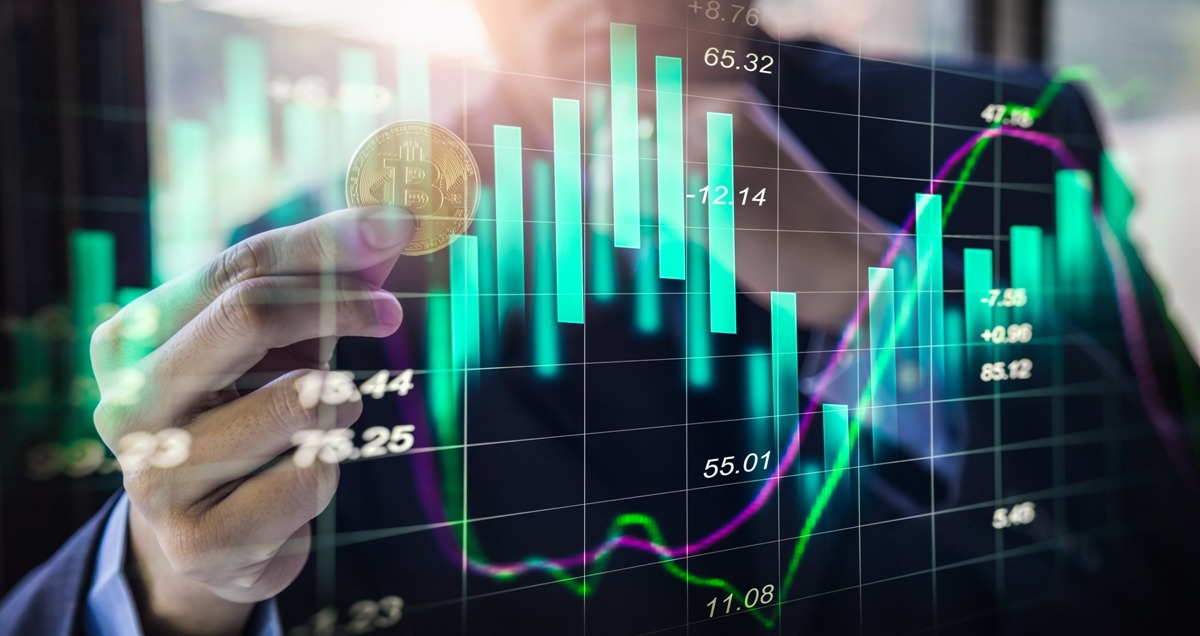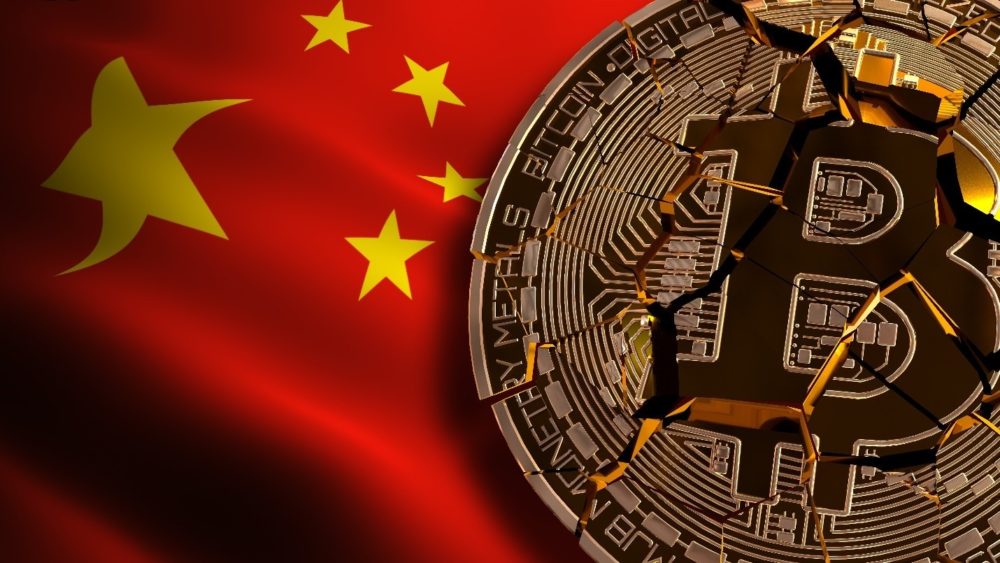In a sad report released last week, the World Bank warned of a sluggish growth slump in the global economy that could linger for the next decade unless governments around the world enact “sustainable, growth-oriented policies.”
The World Bank report announces that global domestic product growth is slow to around 2.2% over 2022-2030. It went down a third from the 2000-2010 rate. The growth rate will be higher in the developing world. However, they should fall by as much as one-third, from 6% to 4%, according to an article titled “Failing Long-Term Growth Prospects.”
According to the report, several factors weigh on long-term growth prospects, including an aging workforce, slower population growth, and lower investment rates to boost productivity. Global economic shocks compound the negative impacts.
Approach towards growth
The World Bank’s report includes precise recommendations that its estimates would collect the projected average global economic growth rate from 2.2% to 2.9% by the decade’s end.
The report calls on governments worldwide to reduce inflation and ensure financial sector stability. The report also recommends reducing government debt, freeing funds for investment in productivity-enhancing infrastructure.
Recommended infrastructure investments include modernized transportation systems, green agriculture, manufacturing, and land and water management improvements.
The report also calls on countries to remove barriers to international trade.
Effect on social progress
Macroeconomists generally agree with most of the World Bank’s assessments, say concerns about global growth have been mounting for several years, and warn that the consequences of prolonged declines, particularly in emerging economies, could be severe.
Liliana Rojas-Suarez, an associate professor at the Center for Global Development and director of the Latin American Initiative, told VOA that growth in Latin America slowed a few years ago.
“The period of strong growth in Latin America lasted from 2000-2014,” she said. “it was a period when commodity prices were very expensive, and the region was developing. But the important thing is that the social indicators have improved significantly. Poverty has decreased, income inequality has enhanced, educational health, food security – name any indicators, they were all improving.” Since then, she concluded that much of the progress has reversed.













